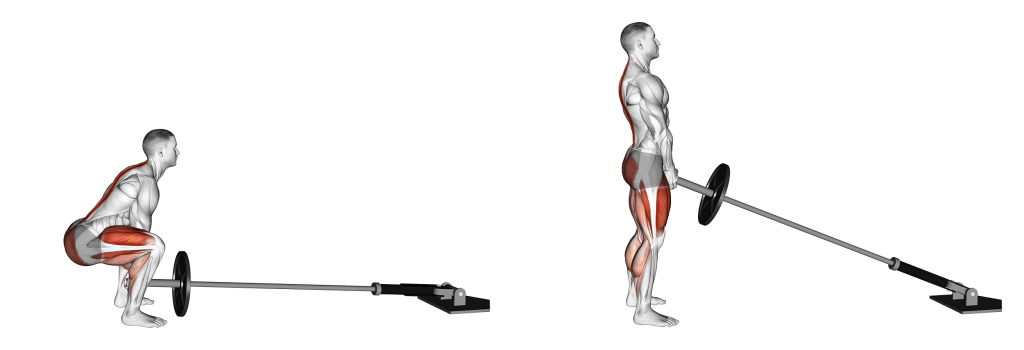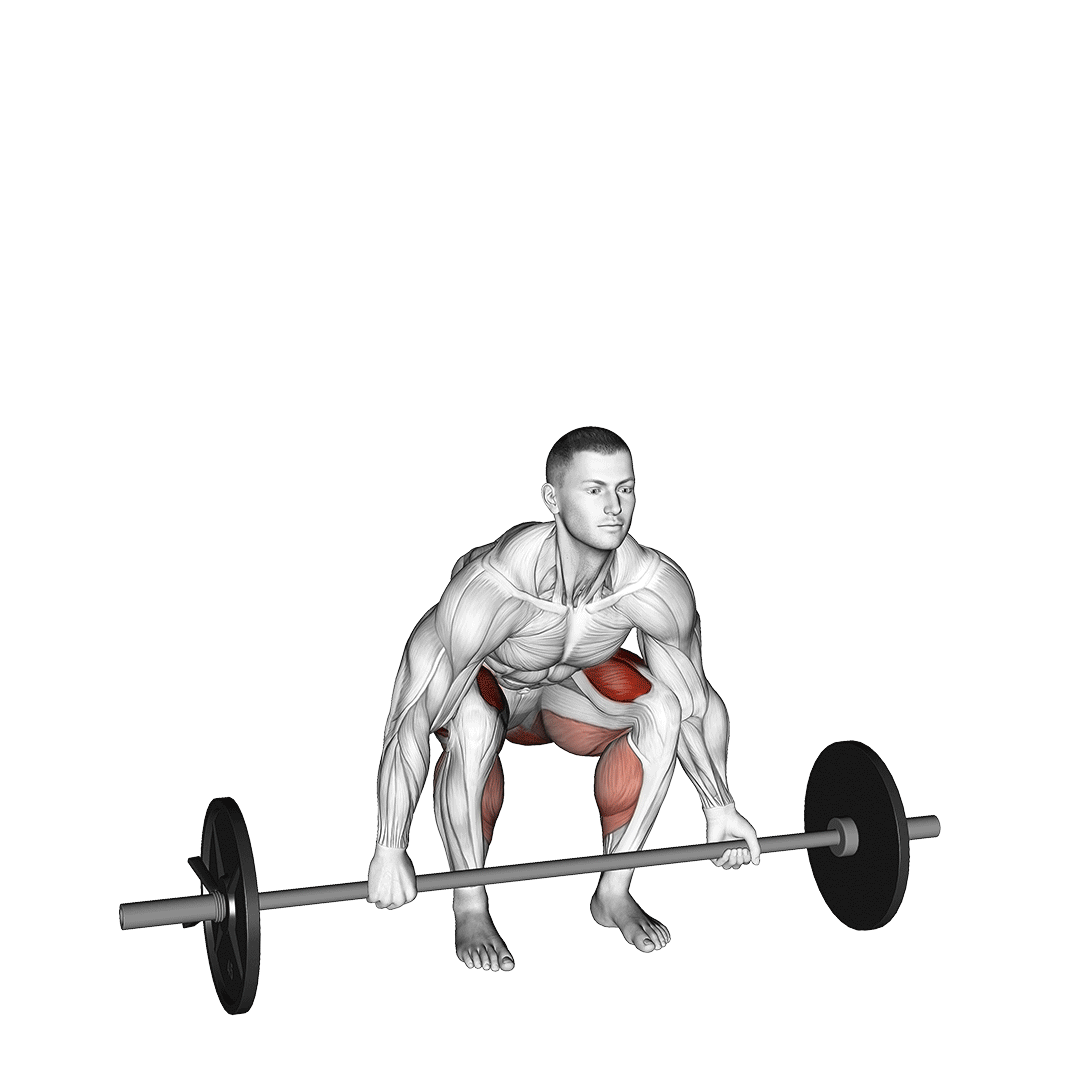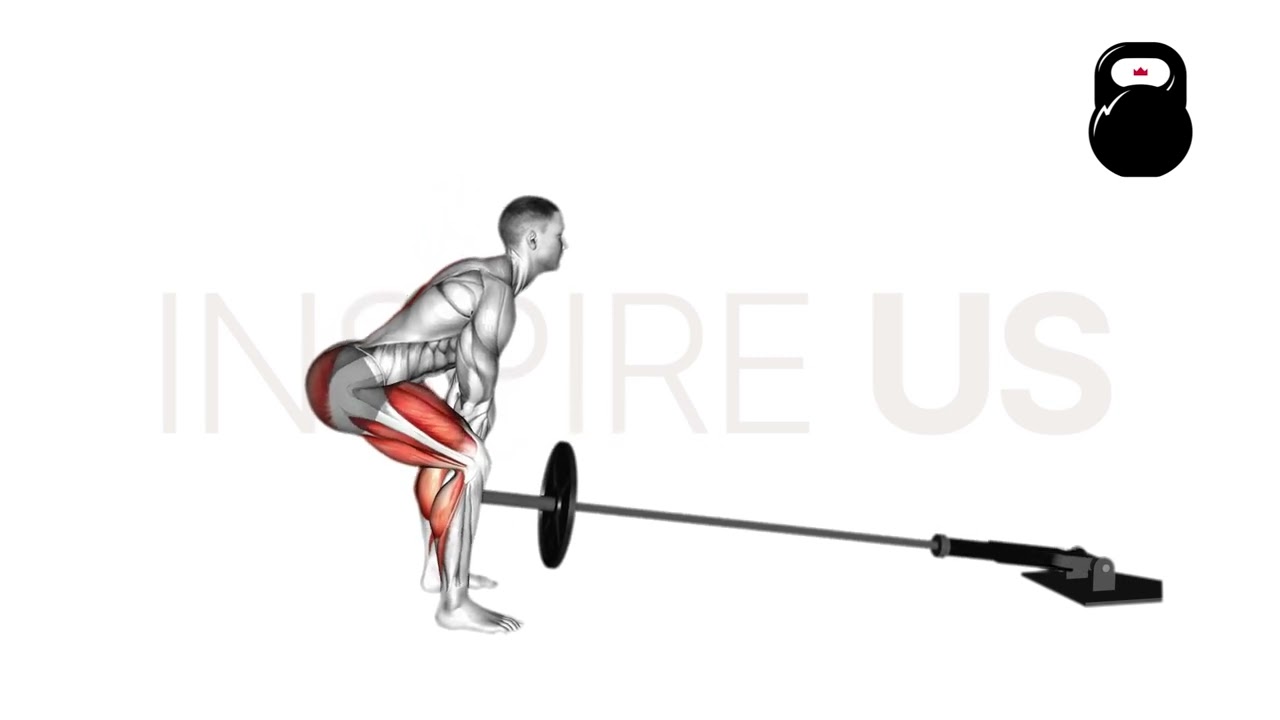What are the Benefits of Doing Landmine Deadlifts?
Landmine deadlifts are performed for more than just strengthening the glutes.
Improved mechanics, technique, conditioning and a comparatively safer workout are also advantages offered by the landmine deadlift.
Benefits of the Landmine Deadlift
Excellent for Building Posterior Chain Strength, Power and Mass
Of course, the main benefit to doing landmine deadlifts lies in their capacity to strengthen the hamstrings, glutes and spinal erectors in a highly effective manner.

Apart from squats, very few exercises target these muscle groups to the same intensity and extent as deadlifts.
While the landmine deadlift isn’t the best for muscular hypertrophy of these muscles (RDLs and stiff-legged deadlifts have a larger ROM), it nonetheless excels at building strength, power and explosiveness therein.
For the best results, aim to practice a speedy pull off the floor at the start of each repetition, and to tend towards heavier weights and a lesser number of repetitions per set.
Reinforces Spinal Neutrality, Knee Extension, Hip Extension and Hip Hinging
Because landmine deadlifts strengthen the muscles responsible for maintaining a neutral spine, extending the hips and knees and stabilizing forward hip hinging - lifters will find that these mechanics are subsequently strengthened as well.

Not only will landmine deadlifts improve the conscious force and stability with which biomechanics can be performed, but lifters with sticking points or poor range of motion will find that the landmine deadlift helps somewhat in these aspects too.
Perhaps the most important part of this benefit is the landmine deadlift’s capacity to improve hip hinging in comparison to conventional deadlifts.
Whereas the conventional deadlift requires the lifter to drag the bar against their legs and demands a somewhat less horizontal torso orientation, landmine deadlifts are far more forgiving and allow for an even more linear torso at the start of the rep.
Carryover to Other Lifts, Athletics and Real Life Activities
Like other forms of deadlift, landmine deadlifts are excellent for improving general performance in sports, unrelated weightlifting exercises or even real life activities involving lower body strength and explosiveness.
Because the landmine deadlift strengthens the posterior chain, improves biomechanical function and helps to reinforce the lower back, activities like bending over to pick something off the floor, performing barbell rows or lifting an atlas stone are all made safer and relatively easier.
Of course, landmine deadlifts directly improve performance in all other variants of deadlift as well - as per the law of specificity.
Helps Condition CNS and Joints
Outside of the muscles themselves, landmine deadlifts are excellent for conditioning the connective tissues and the central nervous system to intense exertion.
Poor joint conditioning can easily lead to issues like sprains, tendinopathy and (in the later years) problems like osteoporosis.
Likewise, an unconditioned central nervous system is more likely to become overtrained and fatigued during periods of stress or intense exercise.
Fortunately, when performed correctly, the landmine deadlift provides the right stimulus to reinforce, strengthen and build these parts of the physiology without leading to injury.
Comparatively Safer and More Comfortable than Conventional Deadlifts
Another major advantage to landmine deadlifts is their lower risk of injury in comparison to conventional deadlifts.

Because the bar is pulled further from the body and the overall path is angled away from the torso, the lower back suffers from considerably less strain and lifters will find maintaining proper spine neutrality far easier.
Lifters who have been medically cleared to perform deadlifts but still wish to mitigate lower back risk can easily substitute the conventional or sumo deadlift with their landmine cousin.

